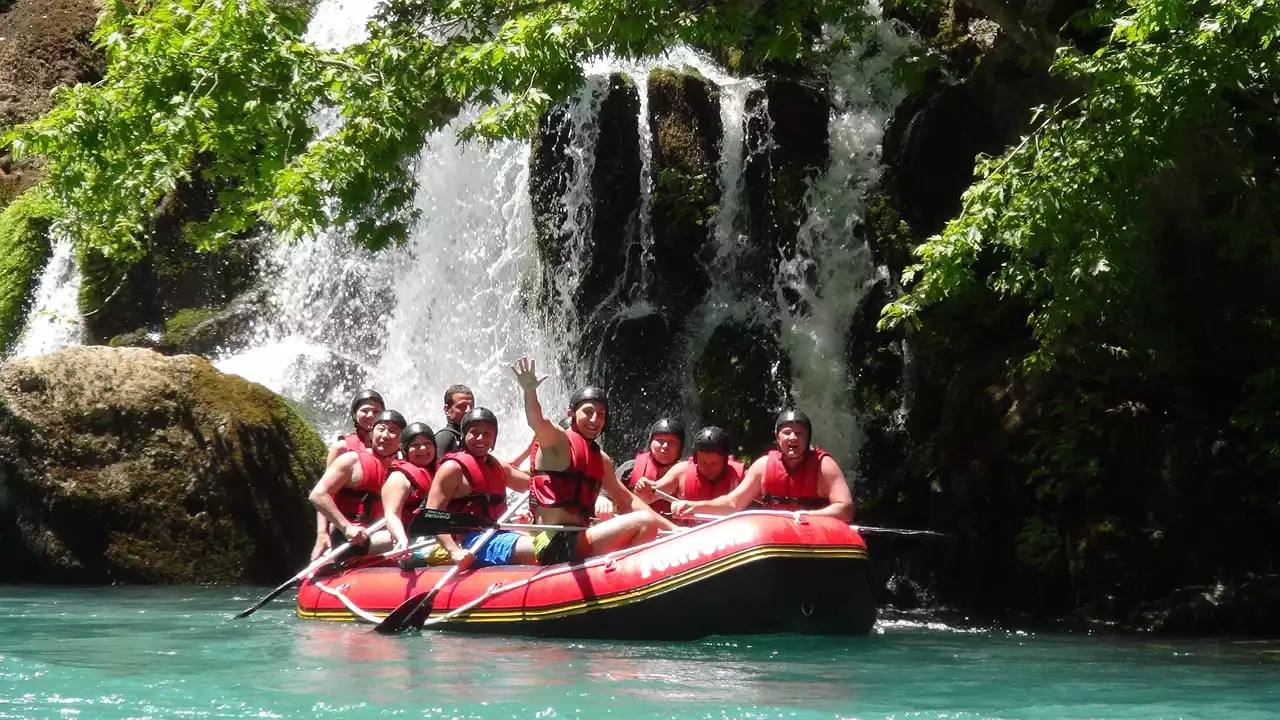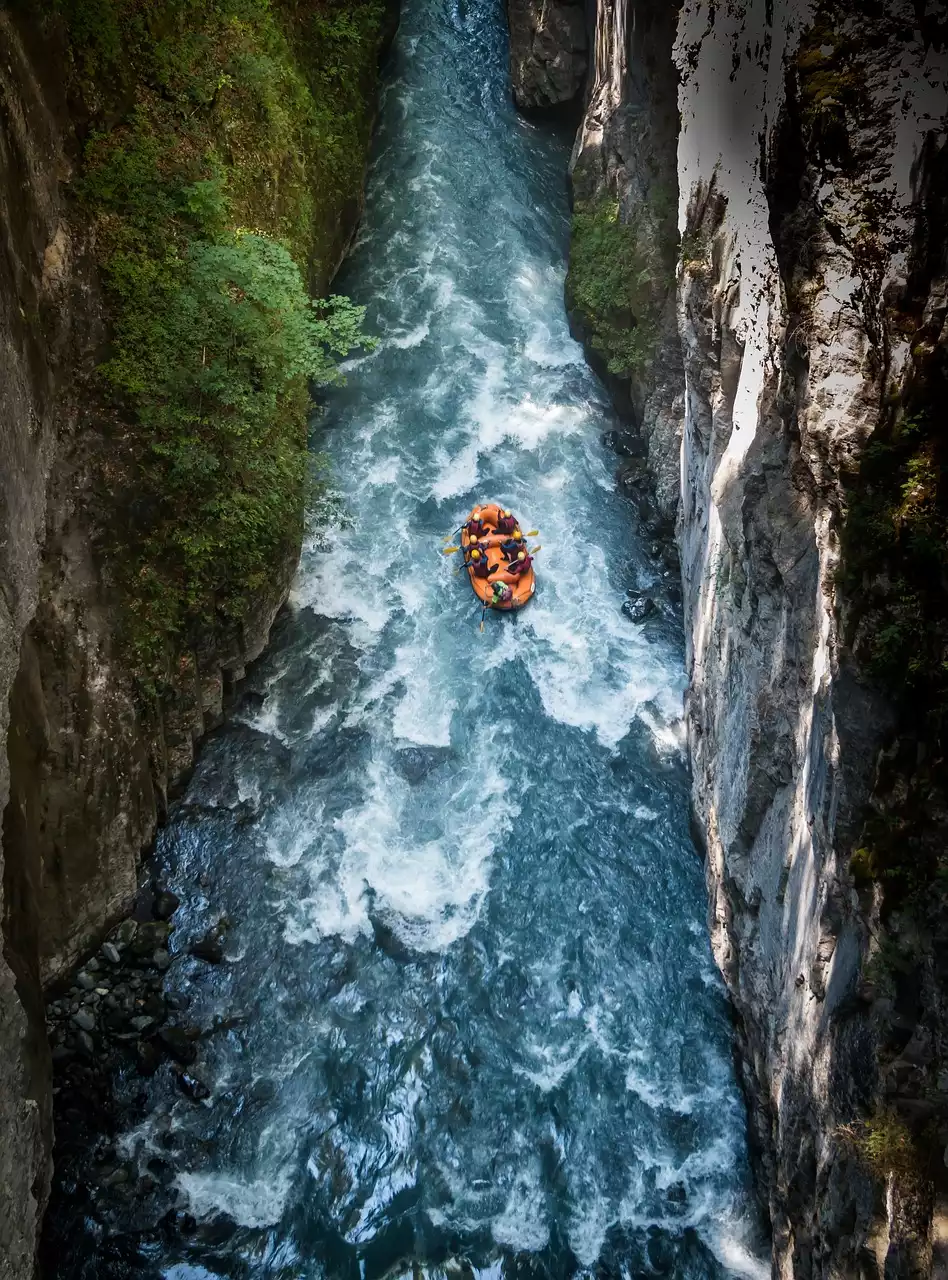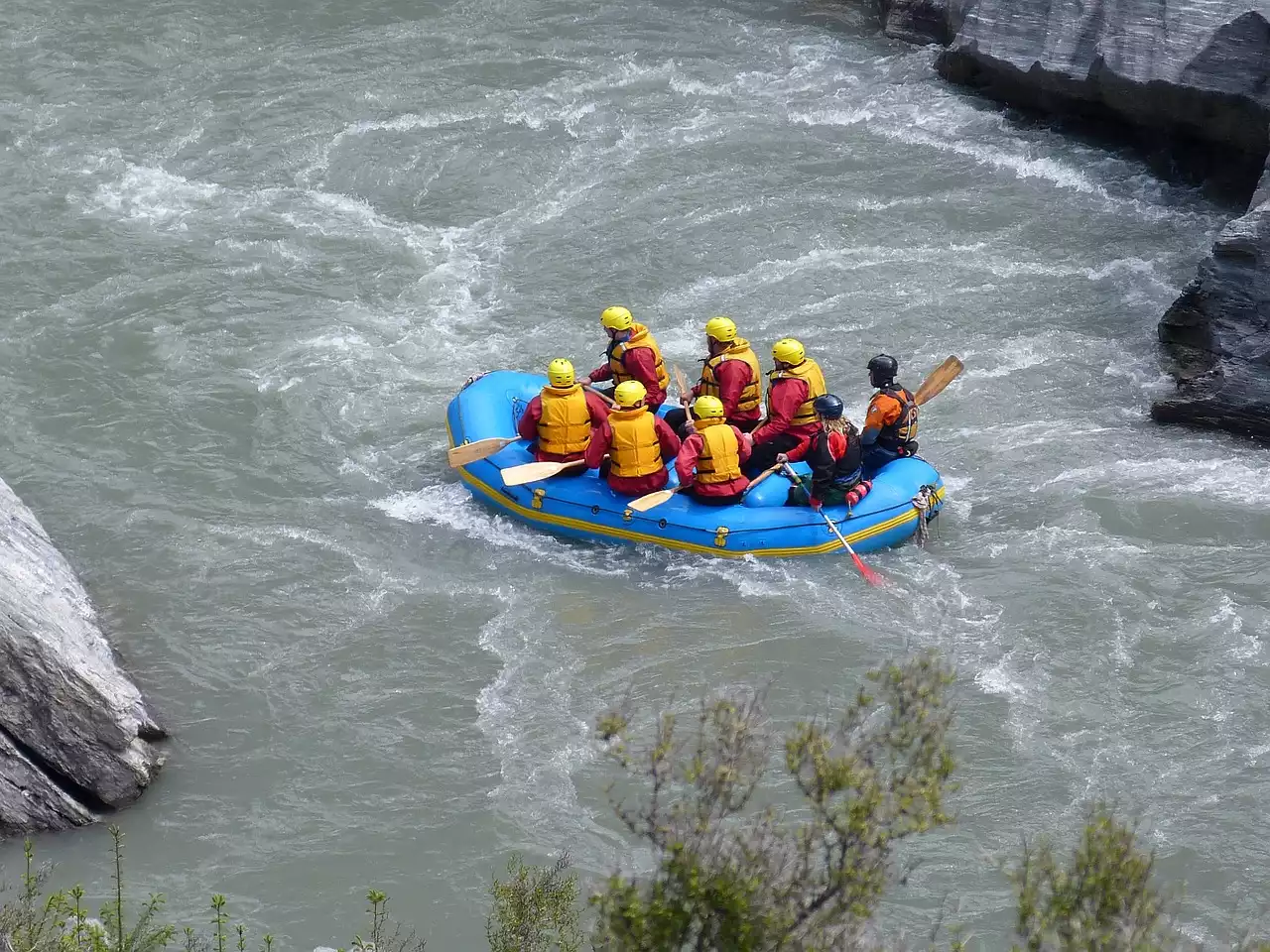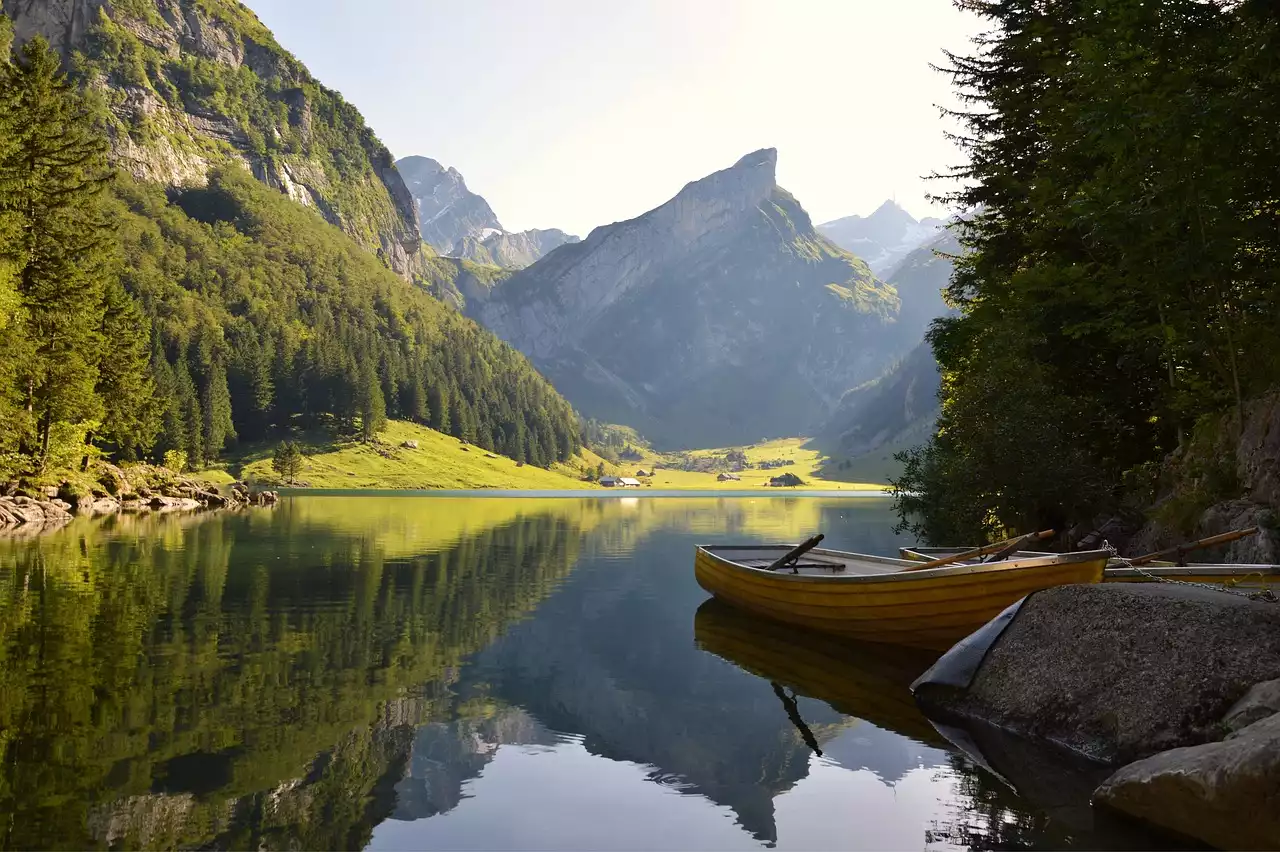The impact of rafting on the environment
Rafting is an exciting and adventurous activity that allows you to experience the beauty of nature up close. However, it is important to recognize the impact that this activity can have on our environment. Rafting can lead to soil erosion, water pollution, and disturbance to wildlife habitats, which can have long-lasting effects on our ecosystems. The use of non-biodegradable materials, such as plastic bottles or disposable utensils, can also contribute to pollution and harm to wildlife.
Despite these impacts, there are ways to minimize the negative effects of rafting on the environment. By adopting sustainable practices and making responsible choices, we can help to preserve the beauty of our natural world for future generations to enjoy.
Benefits of sustainable rafting practices
Sustainable rafting practices not only help to minimize the impact on the environment, but they also offer many benefits to the rafters themselves. Using eco-friendly materials and equipment, reducing waste, and supporting local conservation efforts can enhance the overall experience of rafting trips. By taking action to protect our environment, we can create a more enjoyable and fulfilling experience for ourselves and future generations.
Sustainable rafting practices: Leave No Trace principles
The Leave No Trace principles are a set of guidelines that promote responsible outdoor practices. These principles apply to all outdoor activities, including rafting. The principles emphasize the importance of minimizing our impact on the environment and leaving no trace of our presence.
One of the most important principles of Leave No Trace is to pack out all trash and litter. This includes any food scraps, wrappers, or other waste that may be generated during the trip. Additionally, it is important to avoid damaging plants and wildlife habitats by staying on designated trails and campsites.
Choosing eco-friendly equipment and gear
Choosing eco-friendly equipment and gear is an important part of sustainable rafting practices. Look for products that are made from sustainable materials, such as bamboo or recycled plastics. Avoid using disposable plastic products and instead opt for reusable items such as water bottles or utensils.
Another way to reduce your impact is to choose equipment that is designed to minimize environmental impact. Look for rafts and paddles made from eco-friendly materials, such as natural rubber or biodegradable plastics.
Reducing waste on rafting trips
Reducing waste is an essential part of sustainable rafting practices. One way to do this is to plan ahead and bring only what you need for the trip. Avoid bringing excessive amounts of food or disposable items that will generate unnecessary waste.
When packing for the trip, choose items that can be reused or recycled. Bring reusable water bottles or containers, and opt for biodegradable soap and cleaning products. This will help to minimize the amount of waste generated during the trip.
Minimizing water pollution
Water pollution is a major concern for rafters, as it can have significant impacts on the health of our rivers and aquatic ecosystems. To minimize water pollution, it is important to avoid using soaps or cleaning products that contain harmful chemicals. Instead, choose biodegradable products that are safe for the environment.
Additionally, it is important to avoid disturbing the riverbed or disrupting aquatic habitats. Be mindful of where you anchor your raft and avoid damaging any aquatic plants or wildlife.
Supporting local conservation efforts
Supporting local conservation efforts is another way to promote sustainable rafting practices. By supporting local organizations that work to preserve the natural environment, we can help to protect our rivers and ecosystems. Look for opportunities to volunteer or donate to local conservation efforts, or consider booking a trip with a sustainable rafting company that supports these initiatives.
Examples of sustainable rafting companies
There are many rafting companies that prioritize sustainable practices and environmental stewardship. These companies often use eco-friendly equipment and gear, minimize waste, and support local conservation efforts. Some examples of sustainable rafting companies include OARS, All-Outdoors California Whitewater Rafting, and Wildwater Rafting.
Taking responsibility for sustainable rafting practices
Ultimately, it is up to each individual rafter to take responsibility for their impact on the environment. By adopting sustainable practices and making responsible choices, we can help to minimize the negative effects of rafting on our natural world. Whether it is choosing eco-friendly equipment, packing out all trash, or supporting local conservation efforts, every action we take can make a difference in preserving the beauty of our rivers and ecosystems for future generations to enjoy.
In conclusion, sustainable rafting practices are essential for minimizing the impact of rafting on our environment. By adopting eco-friendly practices, reducing waste, and supporting local conservation efforts, we can help to protect our rivers and ecosystems while still enjoying the thrill of the rapids. Remember to always pack out all trash, choose eco-friendly equipment, and minimize your impact on the environment. With responsible practices and a commitment to sustainability, we can ensure that future generations can experience the beauty and thrill of rafting while preserving our natural world.








.png?size=50)

